Home>Storage & Organization>Kitchen Organizing Tools>How Deep Should Litter Be In A Litter Box
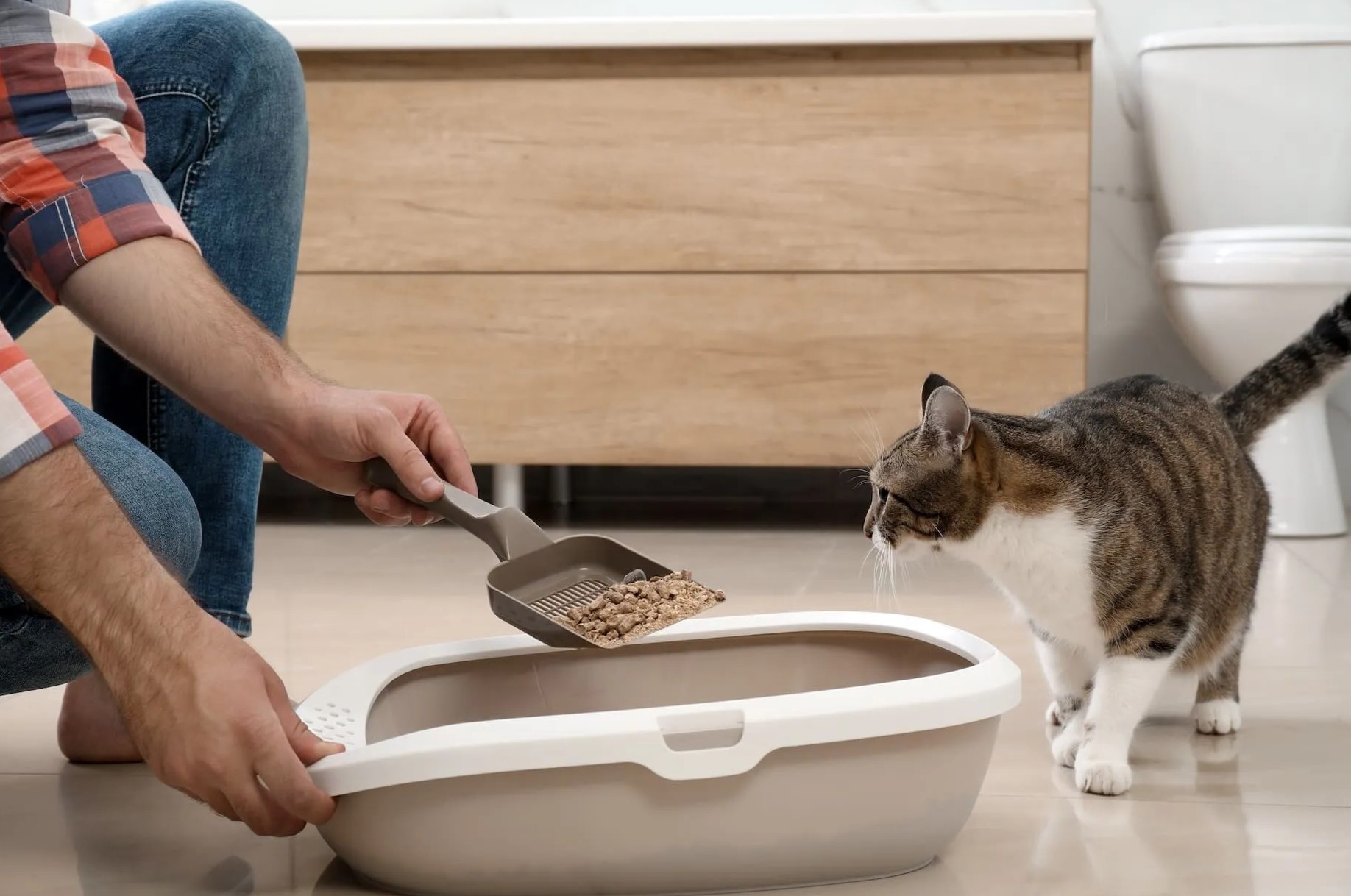

Kitchen Organizing Tools
How Deep Should Litter Be In A Litter Box
Published: February 23, 2024
Discover the ideal litter depth for a litter box and keep your kitchen organized with the right tools. Find out more about kitchen organizing tools.
(Many of the links in this article redirect to a specific reviewed product. Your purchase of these products through affiliate links helps to generate commission for Storables.com, at no extra cost. Learn more)
Introduction
When it comes to maintaining a clean and odor-free litter box for your feline friend, the depth of the litter plays a crucial role. The question of how deep the litter should be in a litter box is a common concern among cat owners, and for good reason. The depth of the litter can significantly impact your cat's comfort, hygiene, and overall litter box experience. Understanding the importance of litter depth and how it can affect your cat's behavior and well-being is essential for providing a conducive and pleasant environment for both you and your furry companion.
The depth of the litter in a litter box is not just a matter of aesthetics; it directly influences your cat's natural instincts and behaviors. Cats are meticulous creatures with a strong inclination towards cleanliness. They have a natural instinct to bury their waste, a behavior that dates back to their wild ancestors. Therefore, the depth of the litter in the box can either encourage or discourage this instinct, ultimately affecting your cat's satisfaction with their designated bathroom area.
In addition to catering to your cat's instincts, the depth of the litter also plays a pivotal role in controlling odors and maintaining cleanliness. A proper litter depth can effectively absorb and encapsulate odors, preventing them from permeating your living space. Conversely, inadequate litter depth may lead to an unpleasant odor buildup and an unsanitary environment for both you and your cat.
Understanding the significance of litter depth and its impact on your cat's well-being is the first step towards creating an optimal litter box environment. By delving into the factors that influence the ideal litter depth and exploring practical tips for maintaining it, you can ensure that your cat's litter box experience is as comfortable and hygienic as possible. Let's delve deeper into the importance of litter depth and uncover the key factors to consider when determining the ideal depth for your cat's litter box.
Key Takeaways:
- The depth of the litter in a cat’s litter box is crucial for their comfort and hygiene. It impacts their natural instincts, behavior, and odor control, so maintaining the right depth is essential for a happy and clean environment.
- Factors like your cat’s preferences, litter type, and box size influence the ideal litter depth. By considering these factors and maintaining the right depth, you can create a harmonious bathroom environment that supports your cat’s natural instincts while promoting cleanliness and comfort.
Read more: How Big Should A Litter Box Be For A Cat
Importance of Litter Depth
The depth of the litter in a cat's litter box holds significant importance in ensuring a positive and hygienic bathroom experience for your feline companion. Cats are inherently fastidious creatures, and their natural instincts drive them to seek out clean and discreet areas for eliminating waste. The depth of the litter directly influences their ability to exhibit these natural behaviors, making it a crucial factor in maintaining their well-being and satisfaction.
One of the primary reasons why litter depth is essential lies in its impact on a cat's instinctual behavior. Cats, by nature, have a strong inclination to bury their waste. This behavior is deeply rooted in their evolutionary history, serving as a survival mechanism to avoid detection by predators. By providing an adequate depth of litter in the box, you are facilitating this instinctual behavior, allowing your cat to fulfill its natural inclination to bury its waste. This not only aligns with their instincts but also contributes to their overall comfort and contentment.
Furthermore, the depth of the litter plays a pivotal role in odor control and cleanliness. A sufficient depth of litter enables effective absorption and encapsulation of odors, preventing them from permeating the surrounding environment. This is particularly crucial in indoor settings, where maintaining a fresh and odor-free atmosphere is essential for both you and your cat. Inadequate litter depth can lead to odor buildup, creating an unpleasant and unhygienic environment that may deter your cat from using the litter box altogether.
Moreover, the depth of the litter impacts the overall stability and functionality of the litter box. A proper depth ensures that the litter remains evenly distributed, minimizing the likelihood of waste reaching the bottom of the box. This promotes easier maintenance and cleaning, contributing to a more seamless and hygienic litter box management process.
In essence, the importance of litter depth cannot be overstated when it comes to providing a conducive and comfortable bathroom environment for your cat. By recognizing and addressing the significance of litter depth, you can effectively cater to your cat's natural instincts, maintain cleanliness, and create a harmonious living space for both you and your feline companion.
Factors to Consider
When determining the ideal depth of litter for your cat's litter box, several factors come into play, each influencing the overall litter box experience for your feline friend. Understanding these factors is essential for tailoring the litter depth to meet your cat's natural instincts and specific needs. Here are the key considerations to keep in mind:
1. Cat's Preference and Behavior
Every cat has its unique preferences and behaviors when it comes to using the litter box. Some cats may prefer a deeper litter bed, allowing them to engage in their natural instinct to dig and bury their waste more effectively. On the other hand, some cats may exhibit aversion to excessively deep litter, prompting them to seek alternative elimination spots. Observing your cat's behavior and receptiveness to different litter depths can provide valuable insights into their preferences, enabling you to adjust the litter depth accordingly.
2. Litter Type and Texture
The type and texture of the litter play a significant role in determining the ideal depth. Different litter materials, such as clumping, non-clumping, silica gel, or natural alternatives, may require varying depths to optimize their effectiveness in absorbing moisture and controlling odors. Additionally, the texture of the litter, whether fine-grained or coarse, can influence how deeply your cat can bury its waste. Understanding the characteristics of the chosen litter type is crucial for establishing an appropriate depth that complements its absorbent and odor-controlling properties.
Read more: How Often Should A Cat Use The Litter Box?
3. Litter Box Size and Design
The dimensions and design of the litter box itself can impact the ideal litter depth. Larger litter boxes may accommodate deeper litter beds, providing ample space for cats to engage in their burying behavior without feeling constrained. Conversely, smaller or covered litter boxes may necessitate shallower litter depths to ensure ease of access and maneuverability for your cat. Considering the specific features and dimensions of the litter box is essential for determining a depth that aligns with its structural limitations and your cat's comfort.
4. Multi-Cat Household Dynamics
In multi-cat households, the dynamics between feline companions can influence the ideal litter depth. Cats sharing a litter box may have varying preferences and behaviors, necessitating a balance in litter depth that caters to the collective needs of all occupants. Observing how multiple cats interact with the litter box and adjusting the depth to accommodate their individual preferences can promote harmony and minimize potential conflicts related to litter box usage.
5. Maintenance and Cleaning Practices
The frequency and thoroughness of litter box maintenance and cleaning routines can impact the ideal litter depth. Deeper litter beds may require more frequent scooping and replenishment to maintain cleanliness and odor control. Conversely, shallower litter depths may necessitate more frequent complete litter changes to prevent waste buildup at the bottom of the box. Aligning the litter depth with your maintenance practices can streamline the upkeep of the litter box and contribute to a hygienic environment for your cat.
By taking these factors into account, you can tailor the depth of the litter in your cat's litter box to align with their preferences, behaviors, and the specific characteristics of the litter and litter box. This thoughtful approach ensures that the litter depth optimally supports your cat's natural instincts while promoting a clean and comfortable bathroom environment.
Ideal Litter Depth
The ideal litter depth in a cat's litter box is a critical consideration that directly impacts your feline companion's comfort, hygiene, and natural behaviors. Striking the right balance in litter depth is essential for creating an environment that aligns with your cat's instincts while facilitating effective waste management and odor control.
The optimal litter depth typically ranges between 2 to 3 inches, providing a sufficient layer for your cat to engage in its natural burying behavior while ensuring effective moisture absorption and odor containment. This depth allows your cat to exhibit its instinctual digging and burying actions, promoting a sense of security and privacy during elimination. Additionally, a moderate litter depth facilitates the formation of a stable and evenly distributed litter bed, minimizing the likelihood of waste reaching the bottom of the box and simplifying the cleaning process.
However, it's important to note that the ideal litter depth may vary based on individual cat preferences, litter type, and the specific dynamics of your household. Some cats may exhibit a preference for deeper litter beds, while others may feel more comfortable with shallower depths. Observing your cat's behavior and receptiveness to different litter depths can provide valuable insights into their ideal depth preference.
The type of litter used also influences the ideal depth. Clumping litters, for instance, may require a slightly deeper layer to facilitate effective clumping and waste encapsulation, while non-clumping litters may necessitate a shallower depth to prevent excessive tracking and scattering. Understanding the unique characteristics of the chosen litter type is crucial for determining the most suitable depth that optimizes its absorbent and odor-controlling properties.
Furthermore, the size and design of the litter box play a pivotal role in determining the ideal litter depth. Larger litter boxes can accommodate deeper litter beds, providing ample space for cats to engage in their burying behavior without feeling constrained. Conversely, smaller or covered litter boxes may require shallower litter depths to ensure ease of access and maneuverability for your cat.
In multi-cat households, the ideal litter depth may need to strike a balance that caters to the collective needs of all occupants. Observing how multiple cats interact with the litter box and adjusting the depth to accommodate their individual preferences can promote harmony and minimize potential conflicts related to litter box usage.
By considering these factors and tailoring the litter depth to align with your cat's preferences, behaviors, and the specific characteristics of the litter and litter box, you can create an optimal bathroom environment that supports your cat's natural instincts while maintaining cleanliness and hygiene.
This ideal litter depth serves as the cornerstone for fostering a positive litter box experience for your cat, contributing to their overall well-being and satisfaction.
Read more: How Far Should Litter Box Be From Food
Tips for Maintaining Litter Depth
Maintaining the ideal litter depth in your cat's litter box is essential for ensuring a hygienic and comfortable bathroom environment for your feline companion. By implementing effective strategies for managing and preserving the litter depth, you can promote cleanliness, odor control, and overall satisfaction for both you and your cat. Here are valuable tips for maintaining the optimal litter depth:
-
Regular Monitoring and Adjustment: Periodically monitor the litter depth in the box to ensure it aligns with the ideal range. Cats' digging and burying behaviors, along with routine scooping, can gradually reduce the litter depth. By regularly assessing and adjusting the depth as needed, you can uphold the optimal environment for your cat's bathroom activities.
-
Strategic Litter Replenishment: When scooping the litter box, strategically replenish the removed litter with fresh litter to maintain the desired depth. This practice prevents the accumulation of waste at the bottom of the box and promotes consistent odor control and moisture absorption.
-
Proper Scooping Technique: When scooping the litter box, employ a thorough and methodical approach to ensure that the depth remains uniform and adequate. By systematically removing soiled litter and redistributing the remaining litter, you can sustain the optimal depth throughout the box.
-
Choosing the Right Litter: Selecting a high-quality litter that effectively clumps, absorbs moisture, and controls odors can contribute to maintaining the ideal depth. The litter's performance directly influences its longevity and ability to uphold the desired depth, making it essential to choose a suitable product for your cat's needs.
-
Consider Litter Box Size: If you notice that the litter depth consistently diminishes rapidly, consider upgrading to a larger litter box. A spacious litter box provides more surface area for the litter, reducing the frequency of depth adjustments and promoting a stable and comfortable bathroom environment for your cat.
-
Observing Cat Behavior: Pay attention to your cat's behavior and litter box usage patterns. Cats may exhibit preferences for specific litter depths, and observing their reactions can guide you in maintaining a depth that aligns with their comfort and natural instincts.
-
Addressing Multi-Cat Dynamics: In multi-cat households, observe how each cat interacts with the litter box and adjust the depth to accommodate their individual preferences. By catering to the collective needs of all occupants, you can minimize potential conflicts and ensure a harmonious bathroom environment.
By implementing these tips, you can effectively maintain the optimal litter depth in your cat's litter box, fostering a clean, comfortable, and inviting space for your feline companion to fulfill their natural instincts and maintain their hygiene.
Conclusion
Maintaining the ideal litter depth in your cat's litter box is a fundamental aspect of providing a conducive and hygienic bathroom environment for your feline companion. The depth of the litter directly influences your cat's natural instincts, behaviors, and overall satisfaction with their designated elimination area. By recognizing the significance of litter depth and understanding the factors that influence the ideal depth, you can create an environment that aligns with your cat's needs while promoting cleanliness and odor control.
The importance of litter depth extends beyond mere aesthetics; it encompasses the core elements of your cat's well-being and comfort. By facilitating your cat's instinctual burying behavior through an optimal litter depth, you are fostering a sense of security and privacy during elimination, contributing to their overall contentment. Additionally, maintaining the ideal litter depth is essential for effective odor control and waste management, ensuring a fresh and hygienic atmosphere within your living space.
Factors such as your cat's preferences and behaviors, the type and texture of the litter, the size and design of the litter box, and the dynamics of a multi-cat household all play a crucial role in determining the ideal litter depth. By considering these factors and tailoring the depth to align with your cat's specific needs, you can create a harmonious bathroom environment that supports their natural instincts while promoting cleanliness and comfort.
Effective maintenance of the optimal litter depth involves regular monitoring, strategic litter replenishment, proper scooping techniques, and selecting the right litter for your cat's needs. Additionally, observing your cat's behavior and addressing the dynamics of a multi-cat household are essential for sustaining the ideal depth and ensuring a positive litter box experience for all occupants.
In conclusion, the depth of the litter in your cat's litter box is not merely a superficial consideration; it is a fundamental aspect of providing a comfortable, clean, and inviting bathroom environment for your feline companion. By recognizing the importance of litter depth, understanding the influencing factors, and implementing effective maintenance strategies, you can create an optimal space that caters to your cat's natural instincts while upholding hygiene and overall satisfaction. This thoughtful approach to managing litter depth contributes to a harmonious coexistence between you and your beloved feline friend, fostering a positive and fulfilling living environment for both.
Frequently Asked Questions about How Deep Should Litter Be In A Litter Box
Was this page helpful?
At Storables.com, we guarantee accurate and reliable information. Our content, validated by Expert Board Contributors, is crafted following stringent Editorial Policies. We're committed to providing you with well-researched, expert-backed insights for all your informational needs.
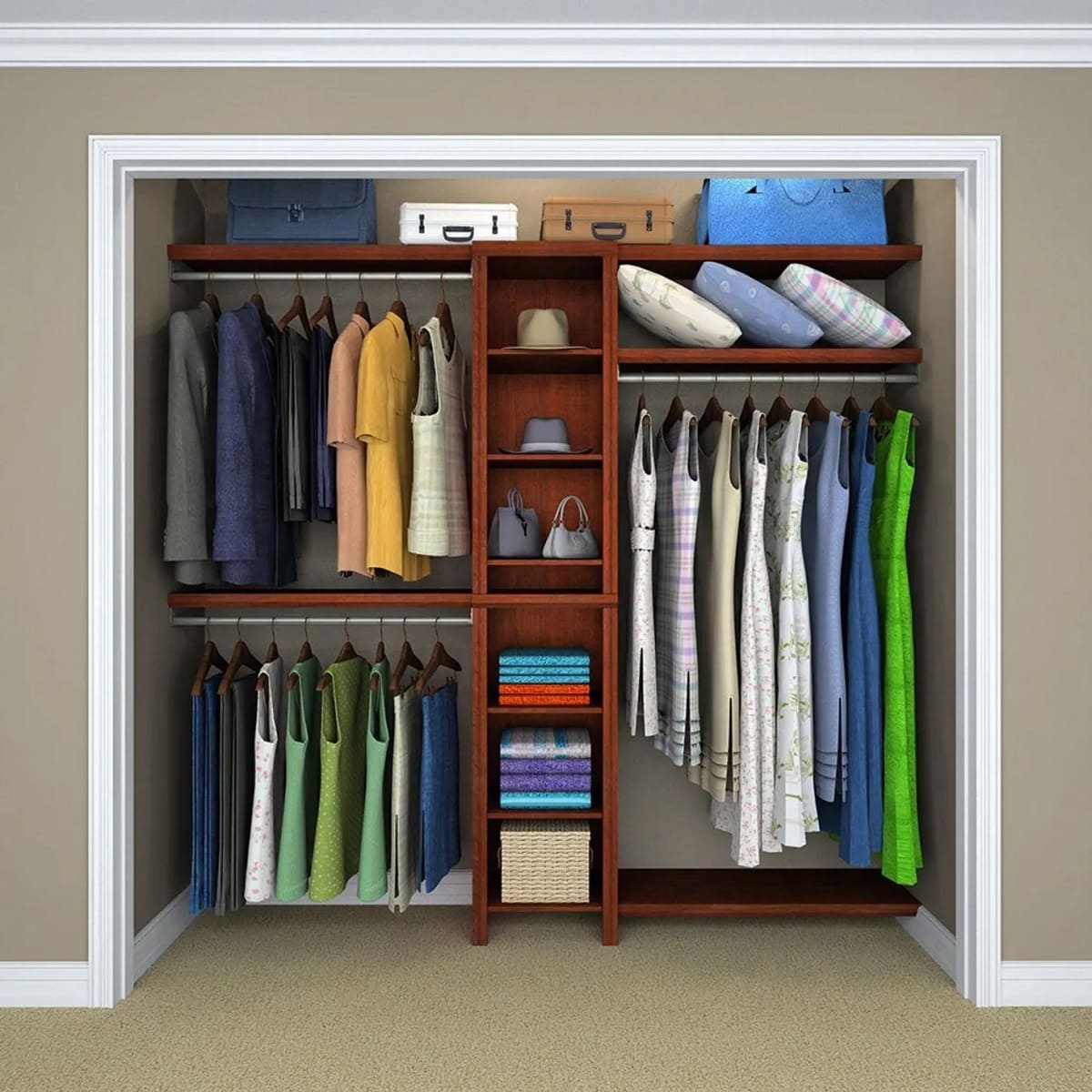
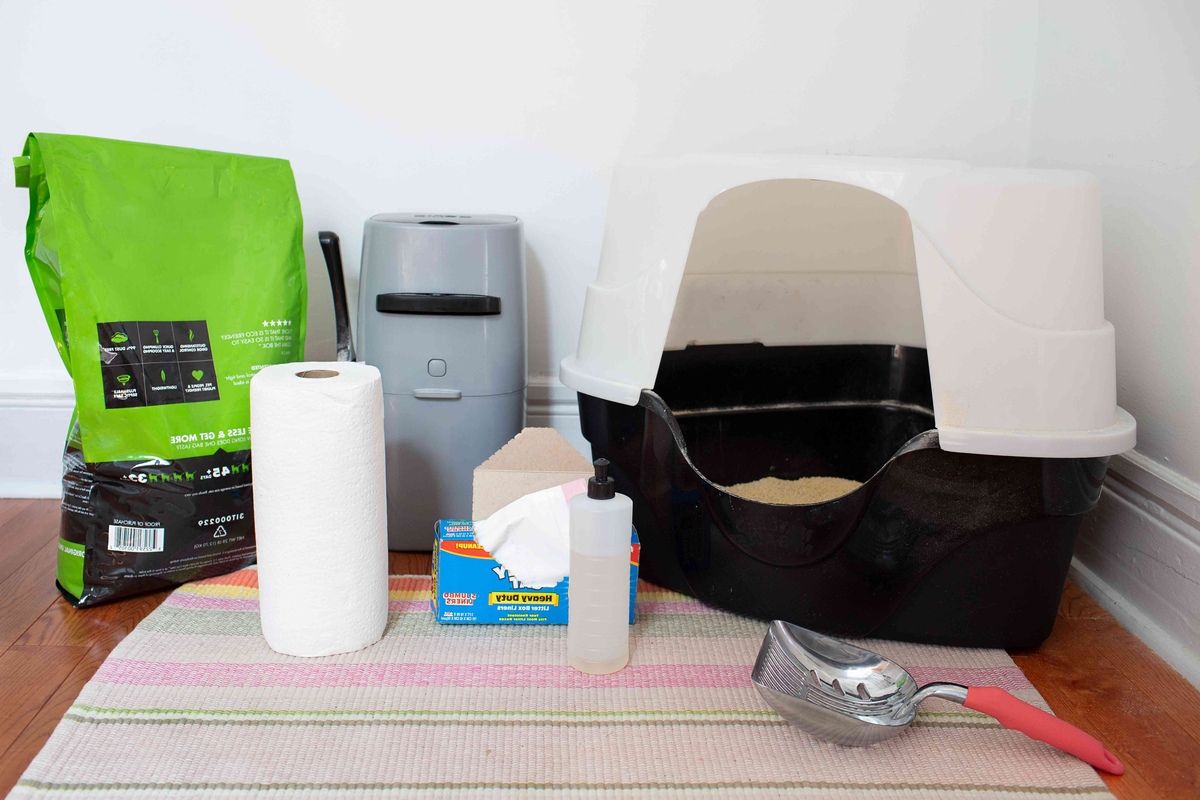
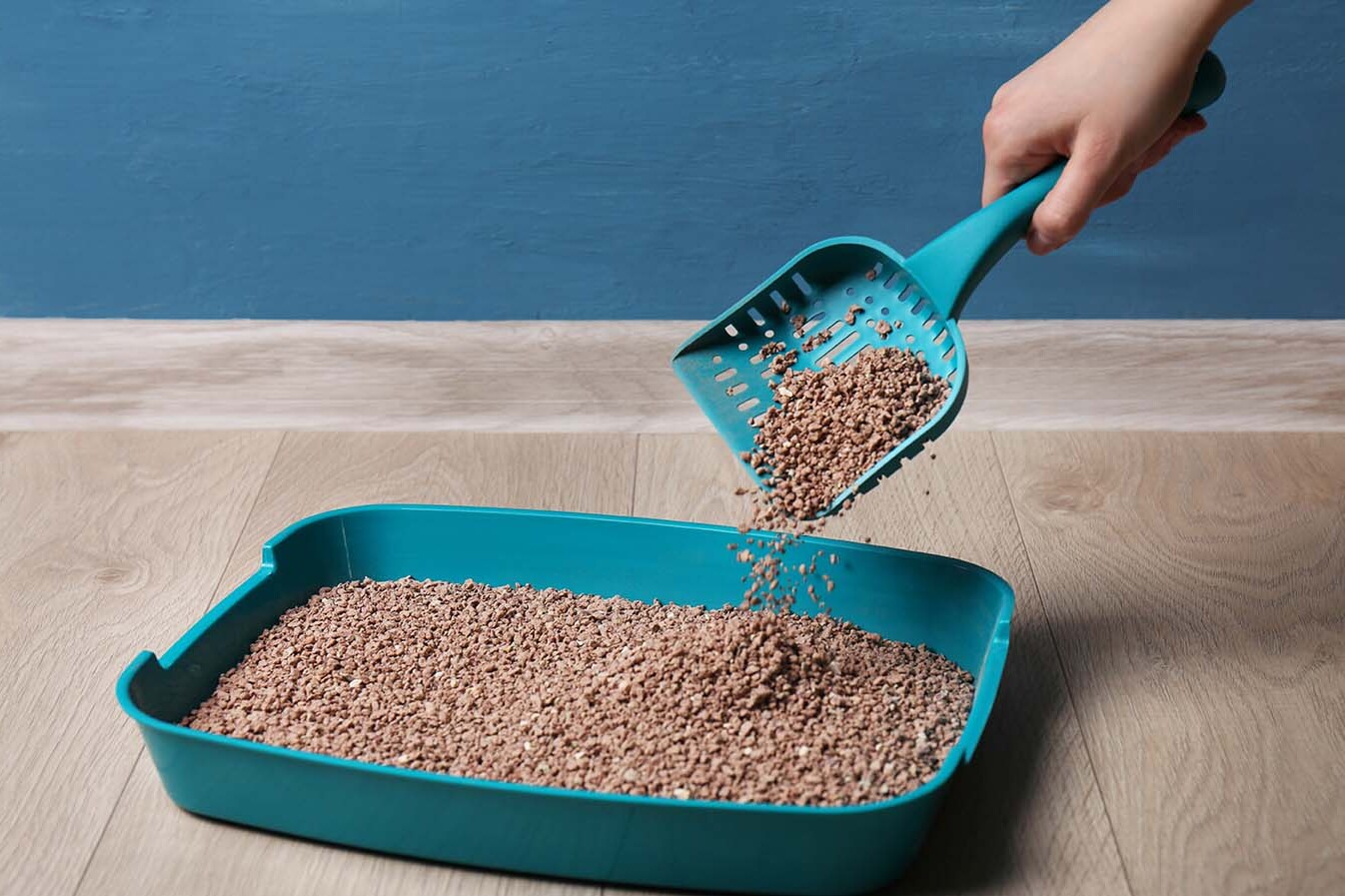
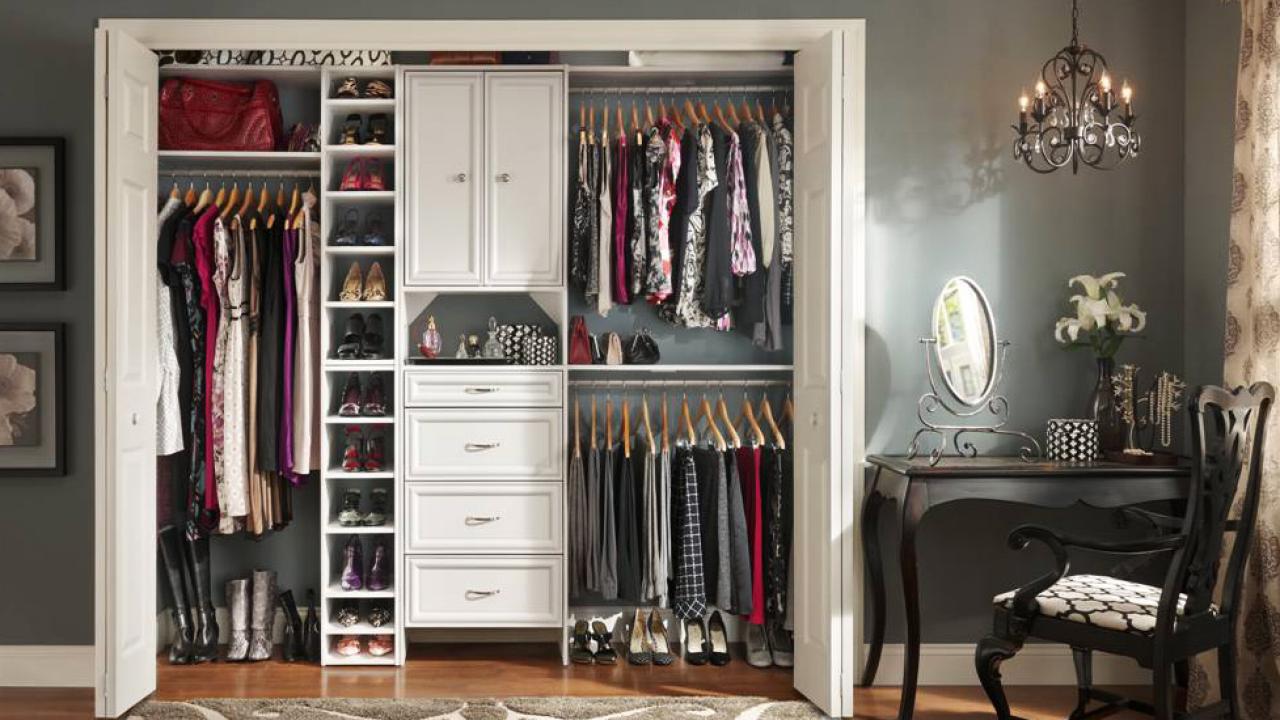
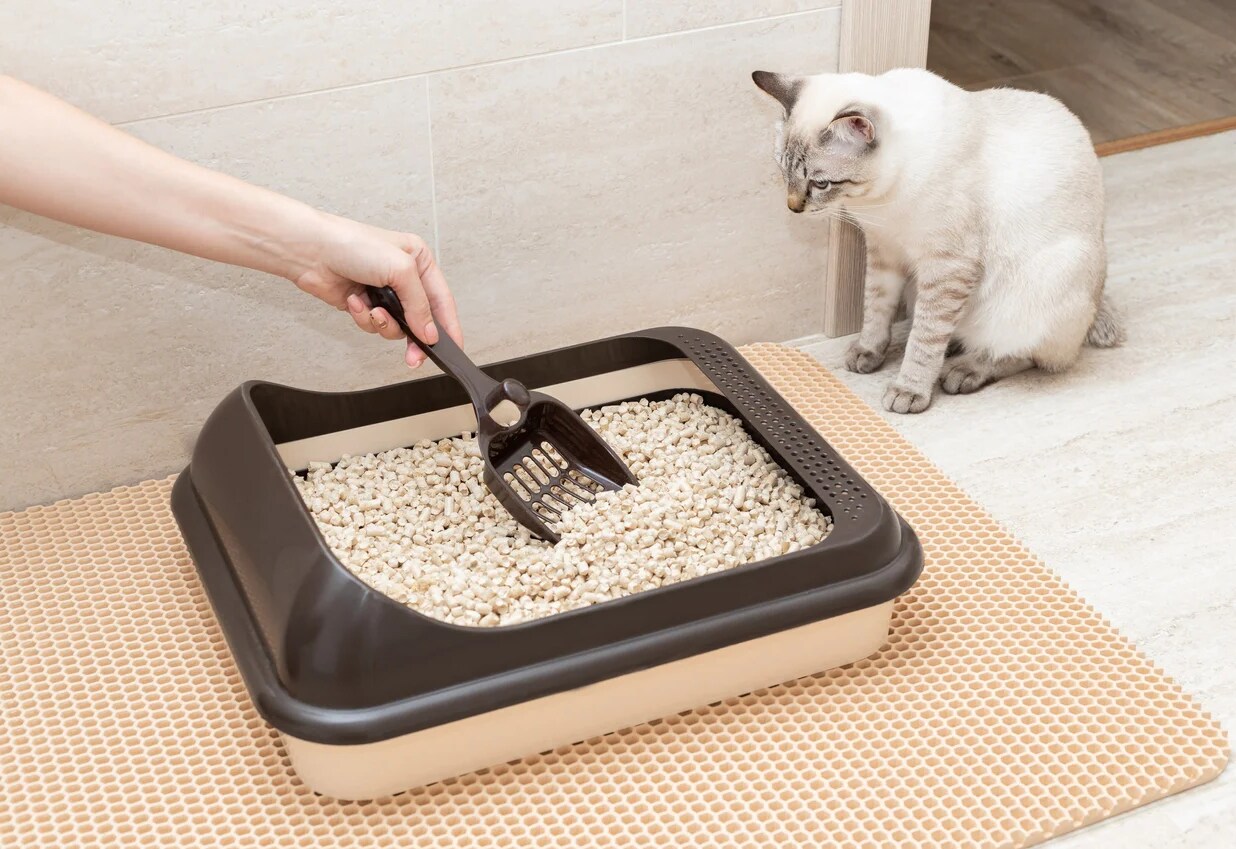


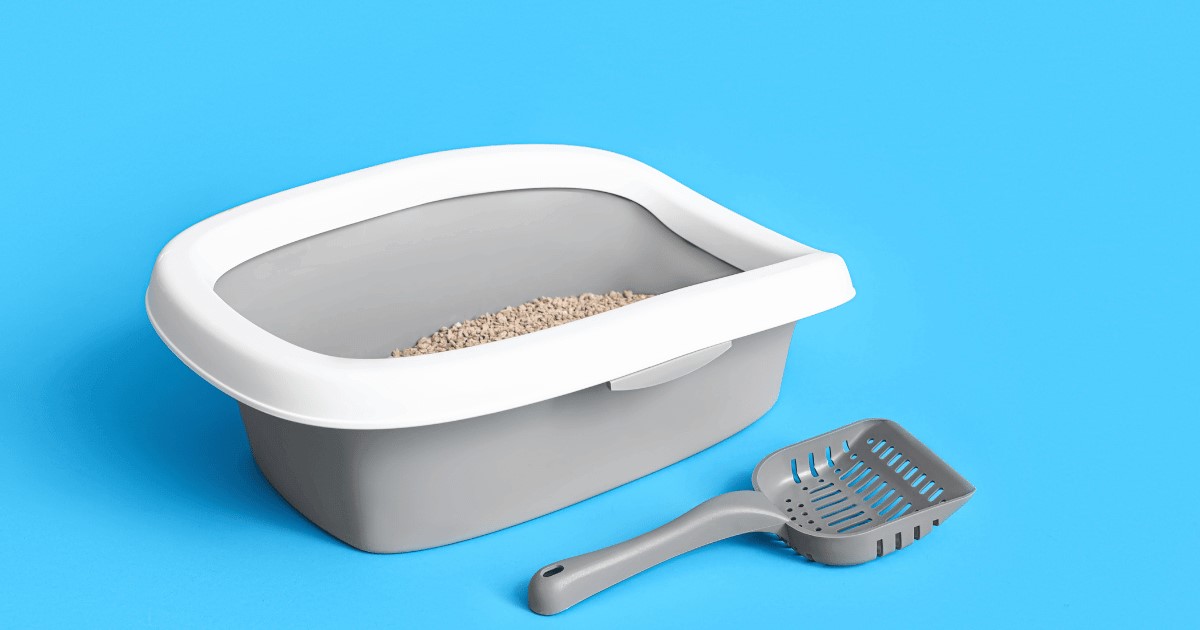
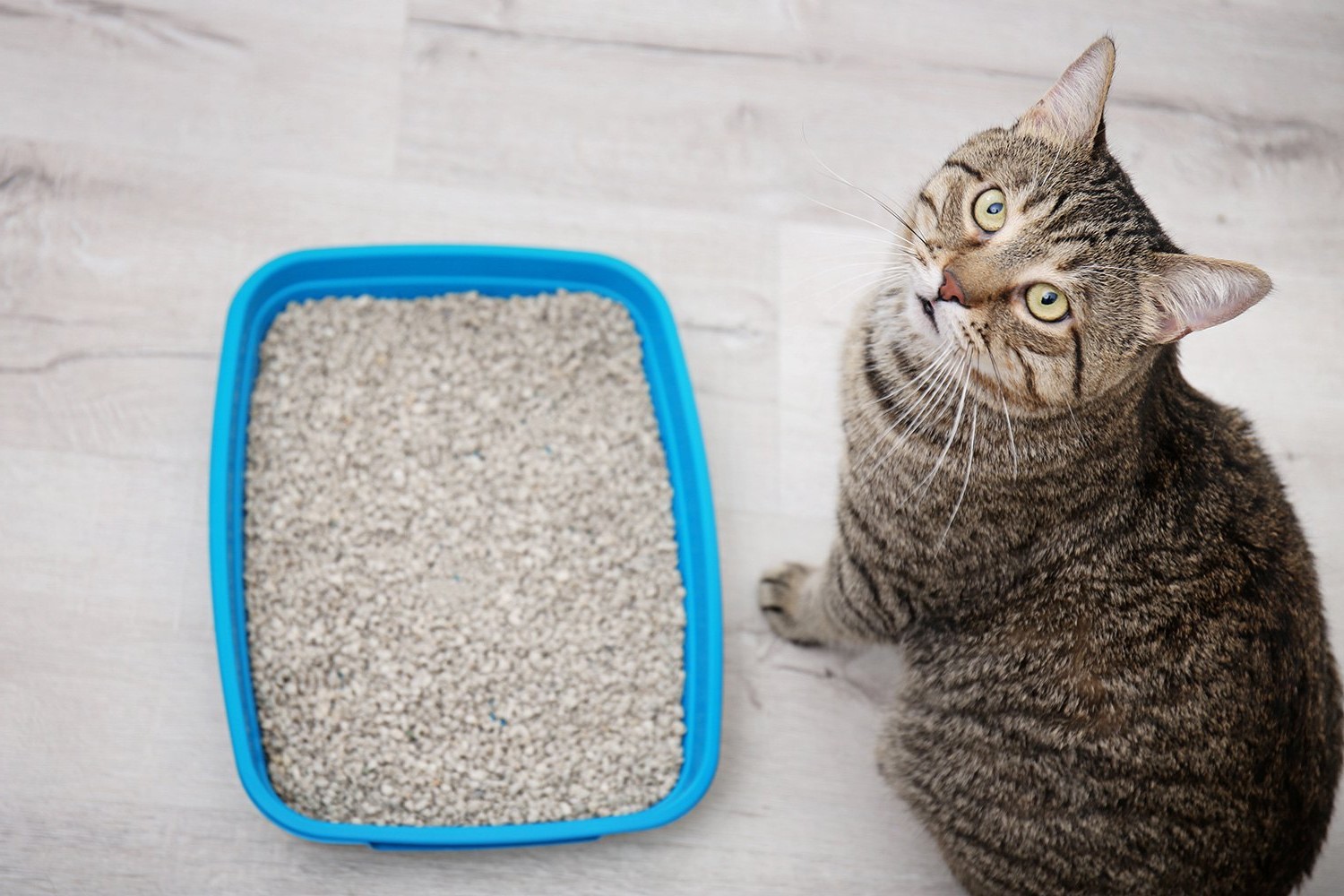
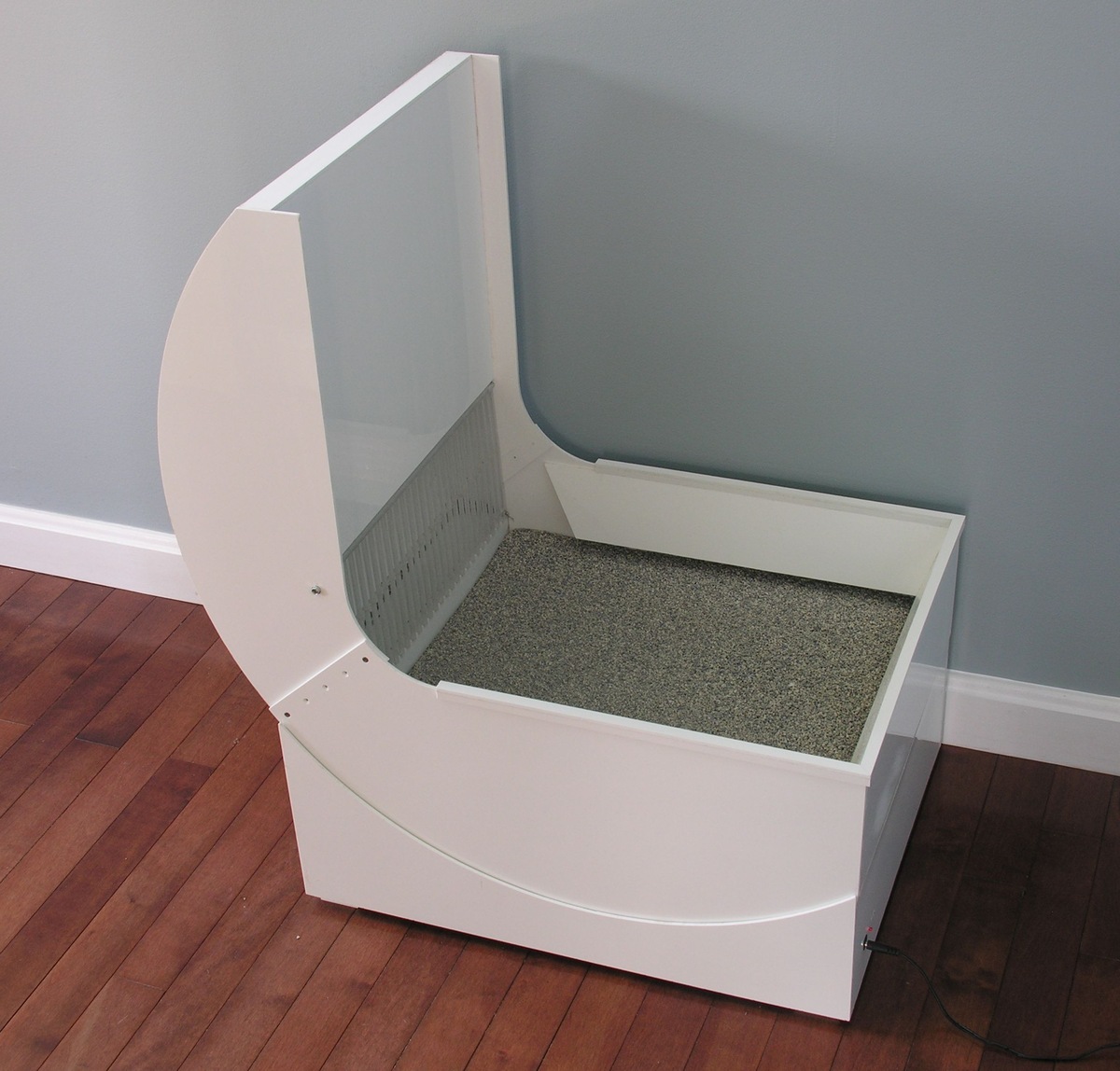
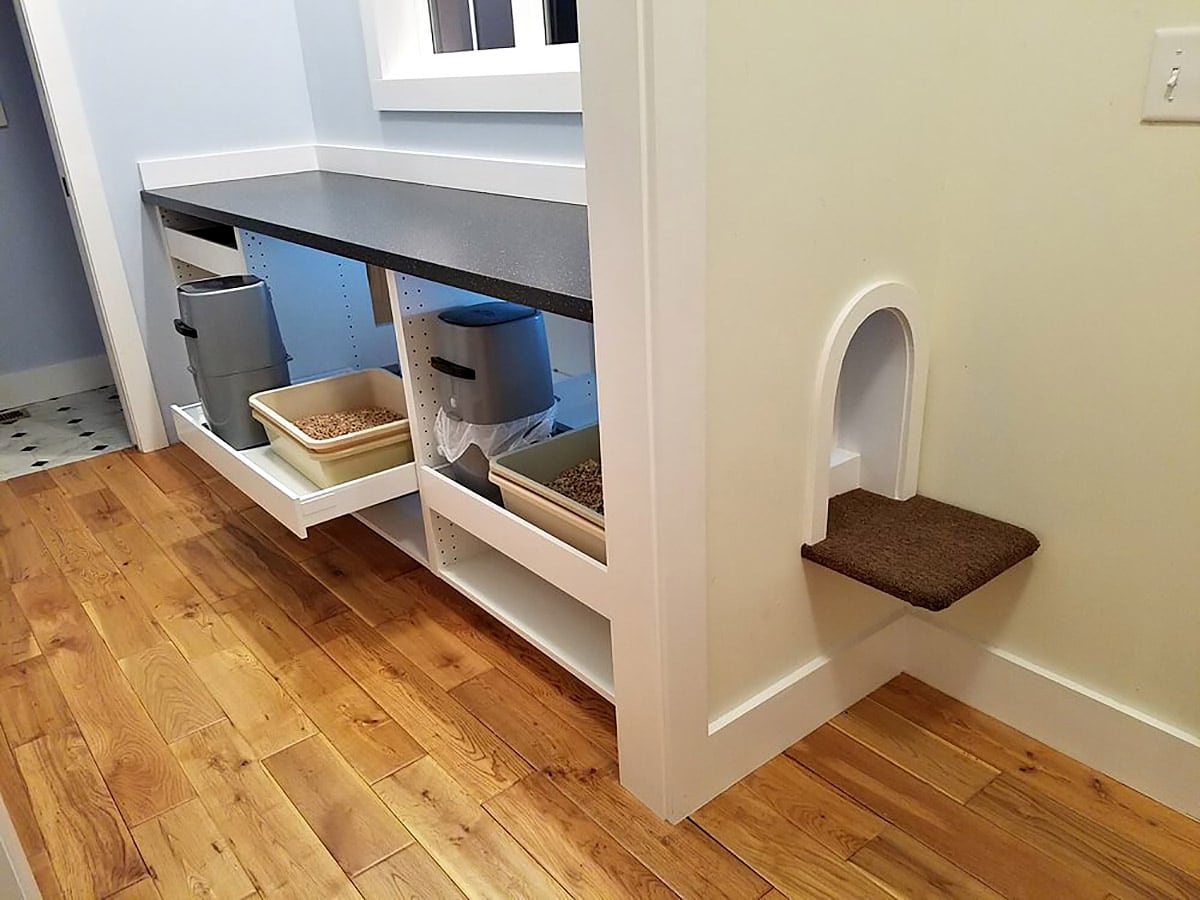
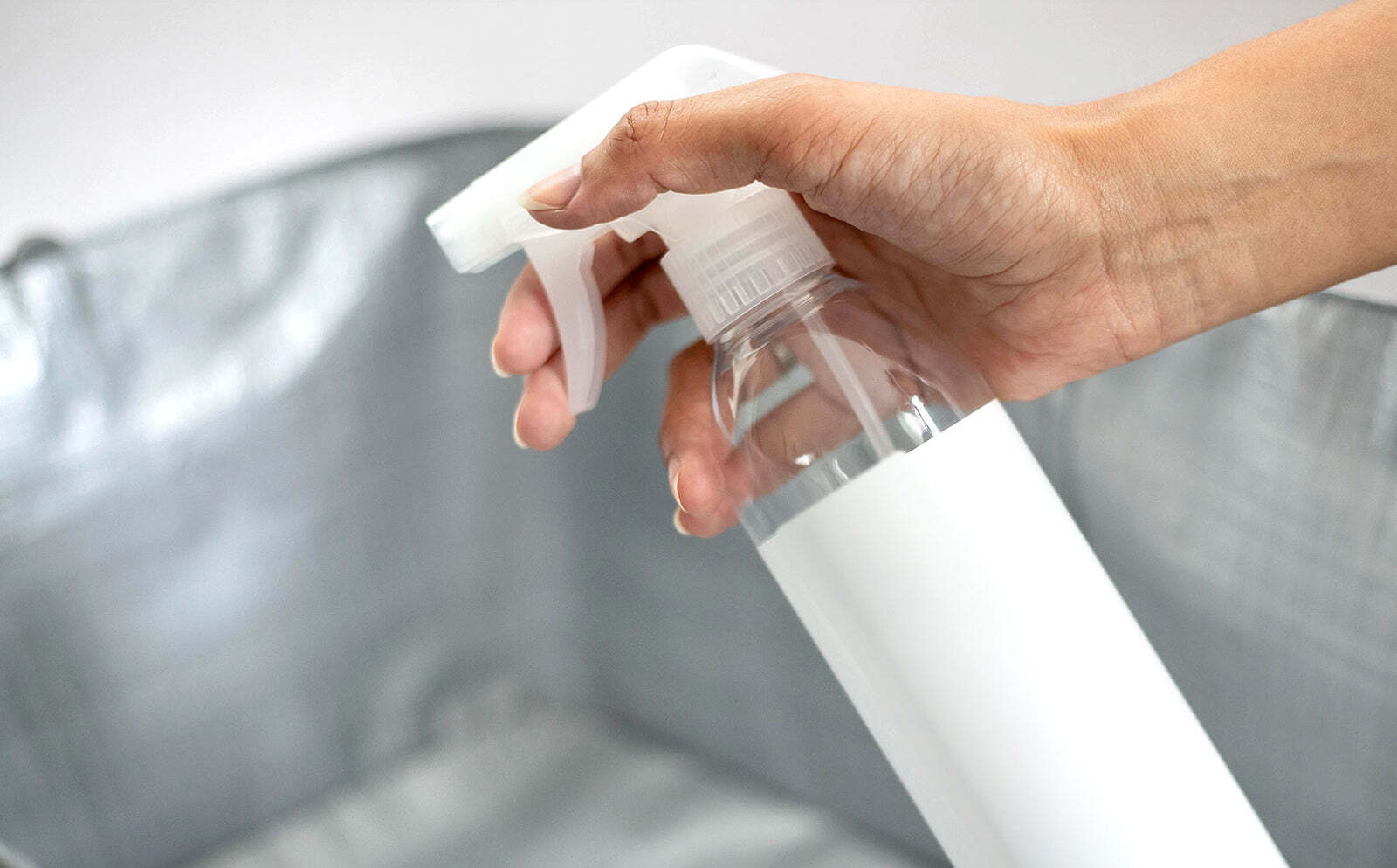
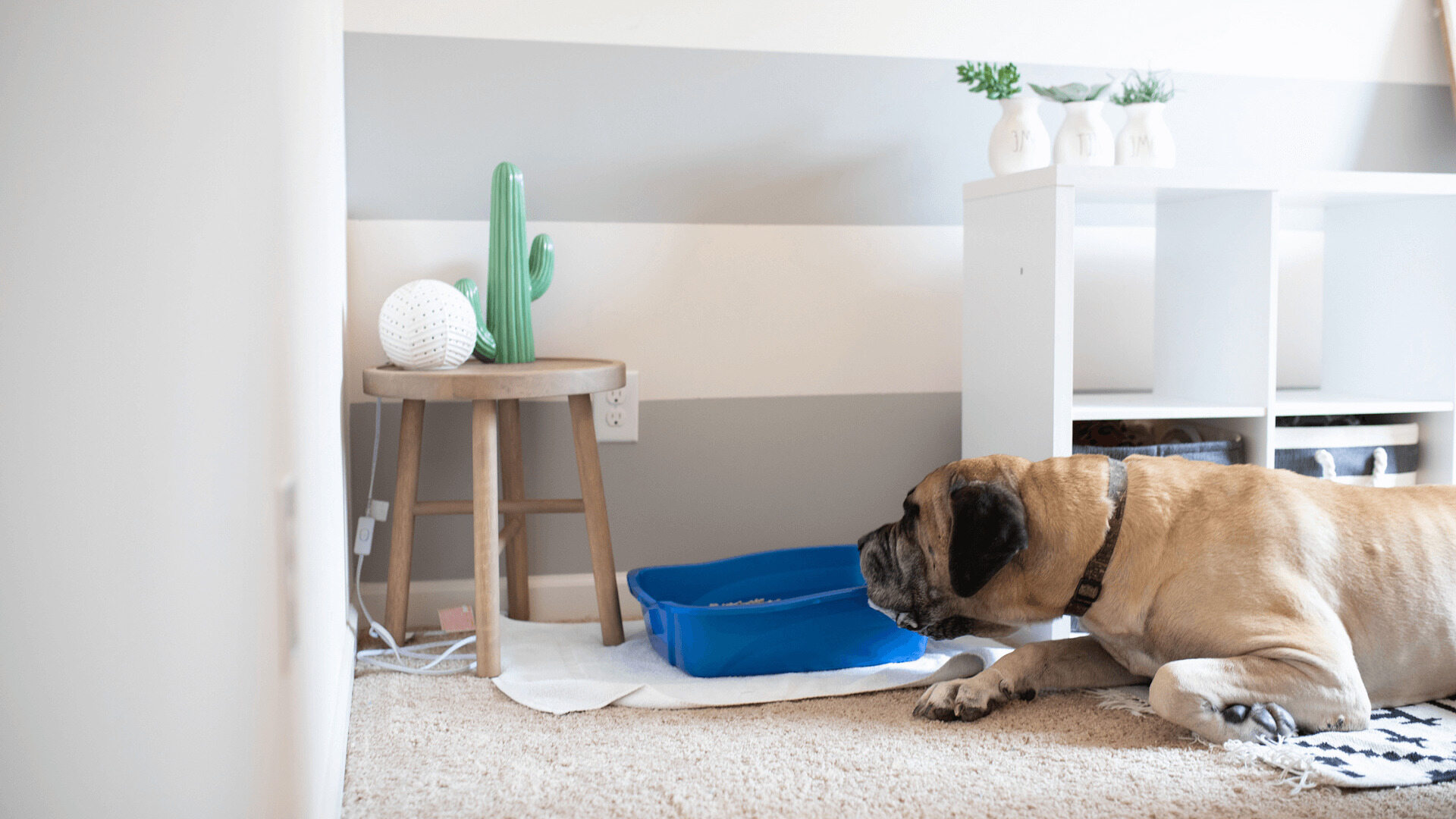

0 thoughts on “How Deep Should Litter Be In A Litter Box”